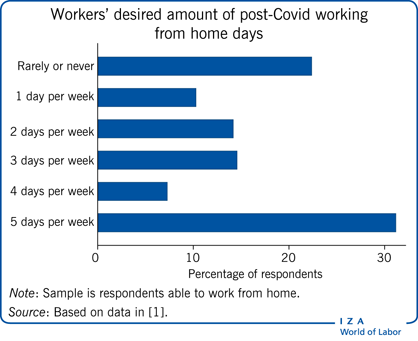Elevator pitch
Remote work and digital collaborations are prevalent in the business world and many employees use digital communication tools routinely in their jobs. Communication shifts from face-to-face meetings to asynchronous formats using text, audio, or video messages. This shift leads to a reduction of information and signals leaders can send and receive. Do classical leadership and communication techniques such as transformational or charismatic leadership signaling still work in those online settings or do leaders have to rely on transactional leadership techniques such as contingent reward and punishment tools in the remote setting?
Key findings
Pros
Introducing performance pay leads to higher output in online labor markets.
Charismatic leadership communication and signaling can increase worker output considerably in remote settings without leading to monetary costs.
Leaders using rhetorical techniques, an animated tone of voice, facial expressions, and body gestures are perceived as more charismatic in written, audio, or video messages.
The quality of work is not affected by performance pay, punishment mechanisms, or leadership techniques.
Cons
Increasing payment schemes does not induce higher output levels in general.
Unreflected usage of single charismatic rhetorical techniques or references to previous good performance can lead to reduced delivered output.
Non-congruent usage of verbal and non-verbal charismatic signals and communication modes can backfire and lead to lower output.
There is mixed evidence regarding the effect of rhetorical techniques in written communication.
